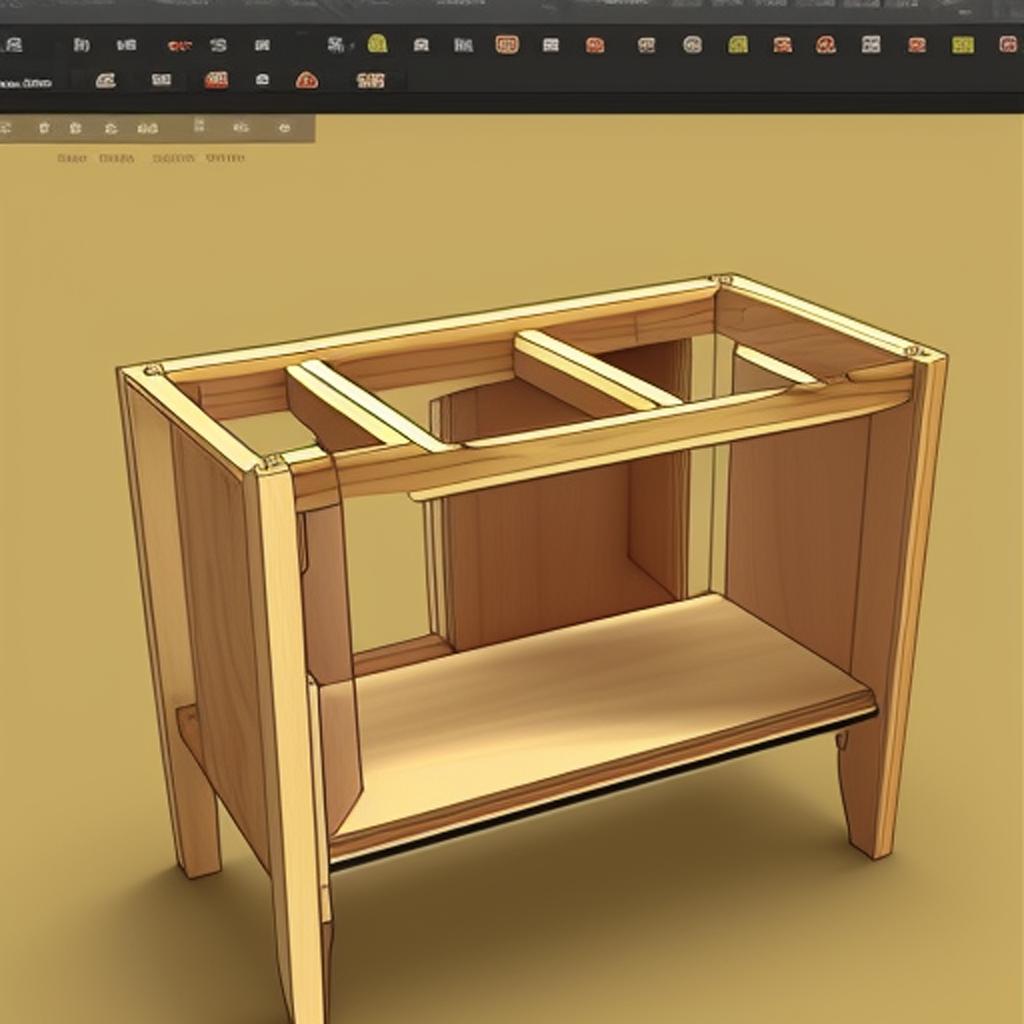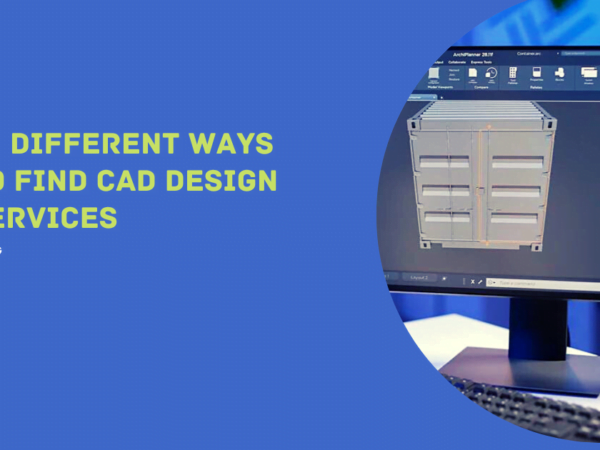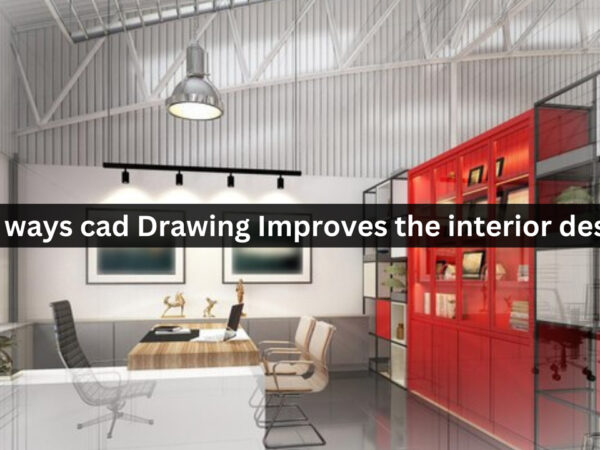
Woodworking is an age-old craft that combines artistry with craftsmanship to create beautiful and functional pieces. In today’s digital age, computer-aided design (CAD) has revolutionized the woodworking industry, offering numerous advantages to both professionals and hobbyists.
In this blog post, I will explore how CAD enhances woodworking processes, streamlines design, and production, and ultimately elevates the art of Woodworking CAD Design Services to new heights.
Benefits of CAD in Woodworking:
1. Precision and Visualization:
Let’s say you’re a woodworker designing a custom cabinet for a client. Using CAD software, you can create a detailed 3D model of the cabinet, complete with accurate dimensions and intricate details.
This virtual representation allows you and your client to visualize the final product from every angle, making it easier to spot any design flaws or make necessary adjustments before construction begins. The ability to see the end result beforehand ensures that the final piece matches your vision perfectly.

2. Efficient Material Planning:
If you’re working on a large-scale woodworking project that requires several boards of expensive hardwood, custom woodworking design using CAD can optimize material usage efficiently. CAD software generates a precise cut list that shows how to arrange your pieces on the boards, minimizing waste and maximizing material yield—ultimately saving time and cost.
By strategically positioning your designs on the digital platform, you can make the most efficient use of your materials, ultimately reducing costs and minimizing environmental impact.
3. Customization and Iteration:
You’re a hobbyist woodworker designing a unique coffee table with intricate inlays. CAD software for woodworking allows you to experiment with different designs, easily modifying dimensions, patterns, and shapes to achieve the perfect custom look.
You can iterate quickly, testing various options without wasting physical materials. This flexibility enables you to refine your design until it meets your exact specifications, resulting in a one-of-a-kind piece that reflects your creativity and style.

4. Collaboration and Communication:
If you’re part of a woodworking team working on a large-scale architectural project. CAD has become an invaluable tool for collaboration and communication. By sharing CAD files with architects, contractors, and other stakeholders, everyone can visualize the project in detail and provide feedback.
Changes can be made digitally, ensuring everyone is on the same page and reducing misunderstandings. This streamlined communication process saves time, minimizes errors, and facilitates a smooth workflow.
5. Precision Machining and CNC Integration:
Let’s say you’re a professional woodworker tasked with creating intricate decorative panels. CAD seamlessly integrates with computer numerical control (CNC) machines, which can accurately execute complex cuts, carvings, and engravings.
You can generate machine-ready files from your CAD designs, allowing CNC machines to precisely replicate the intricate details of your design with consistent results. This integration between CAD and CNC technology elevates woodworking to a level of precision that would be challenging to achieve manually.
CAD has transformed woodworking, empowering craftsmen and hobbyists to push the boundaries of their creativity while streamlining their processes. From visualizing and refining designs to optimizing material usage, CAD brings precision and efficiency to the craft. Additionally, it facilitates collaboration and communication among stakeholders and enables seamless integration with CNC machines for precise machining.
Moreover, if you’re looking for custom Woodwork design and Furniture design to design your ideal interior, then look no further! Get in touch with us at info@shalindesigns.com. or simply drop us a line here to unlock the full potential of your unique woodwork and furniture design.



